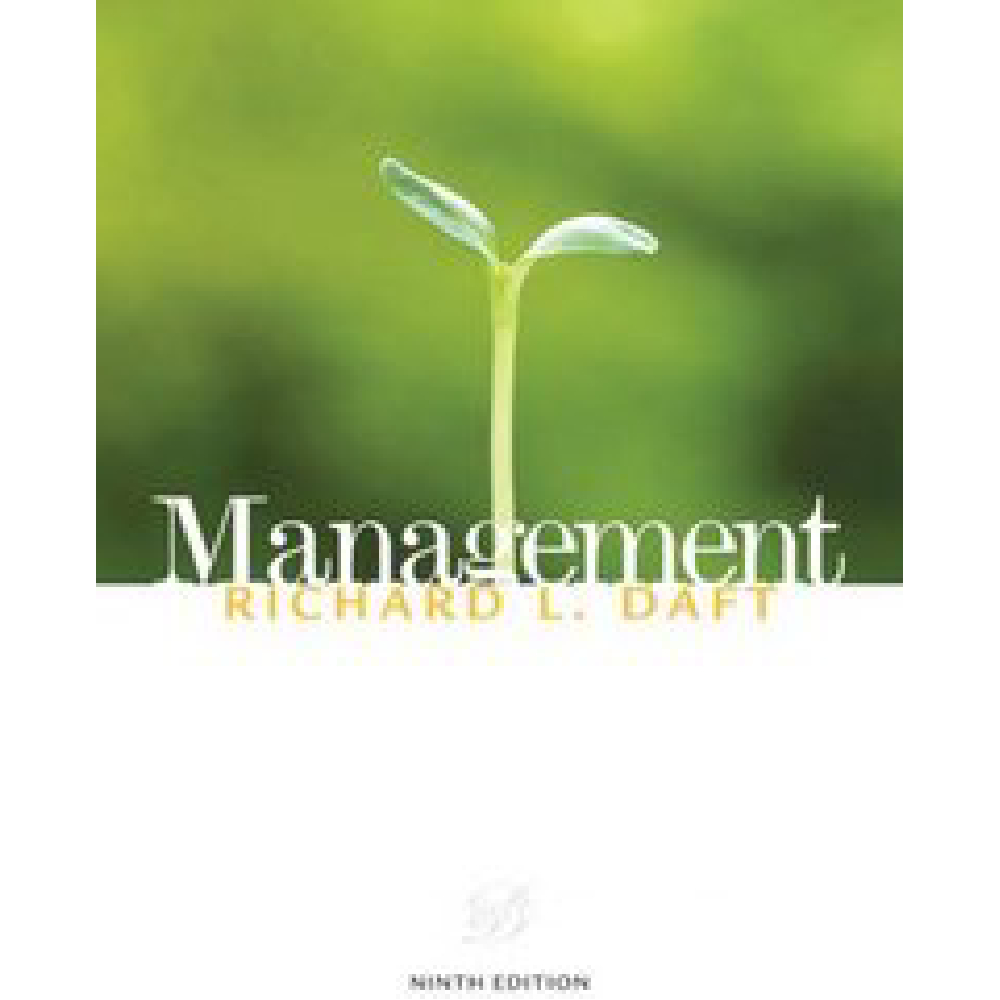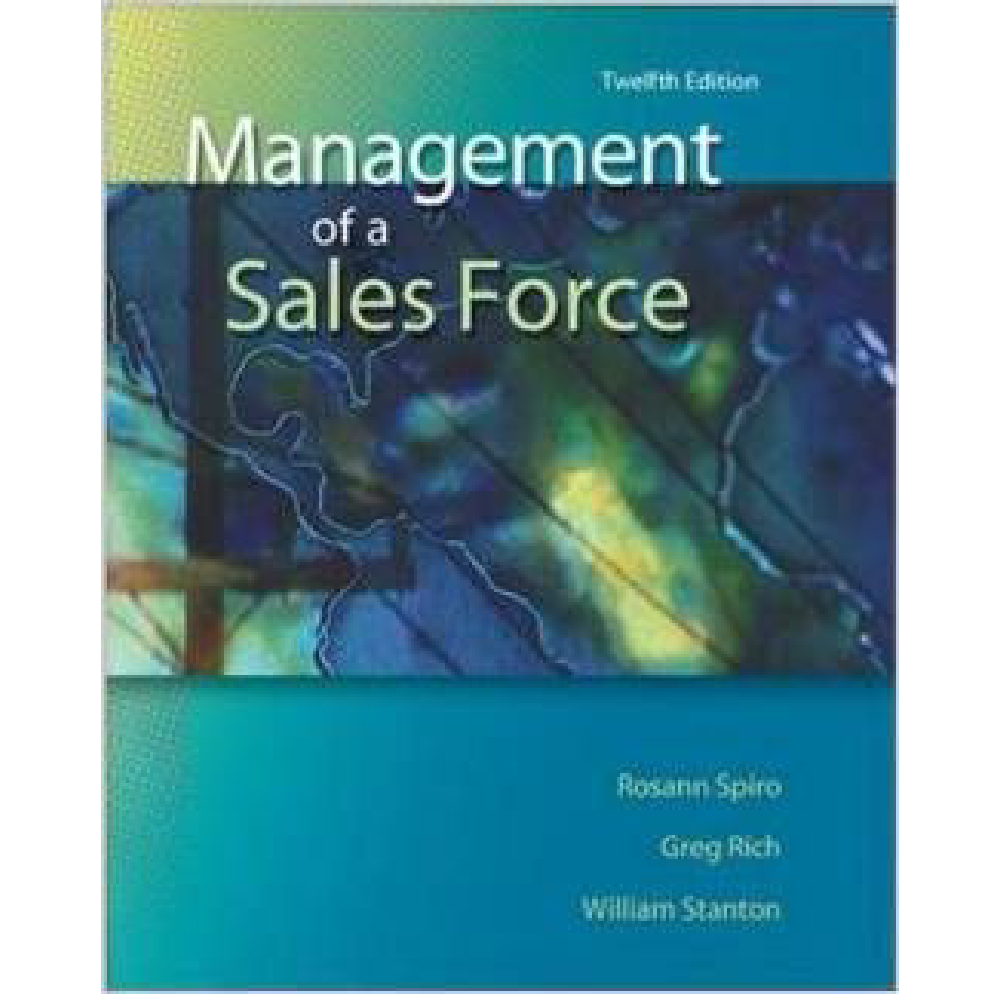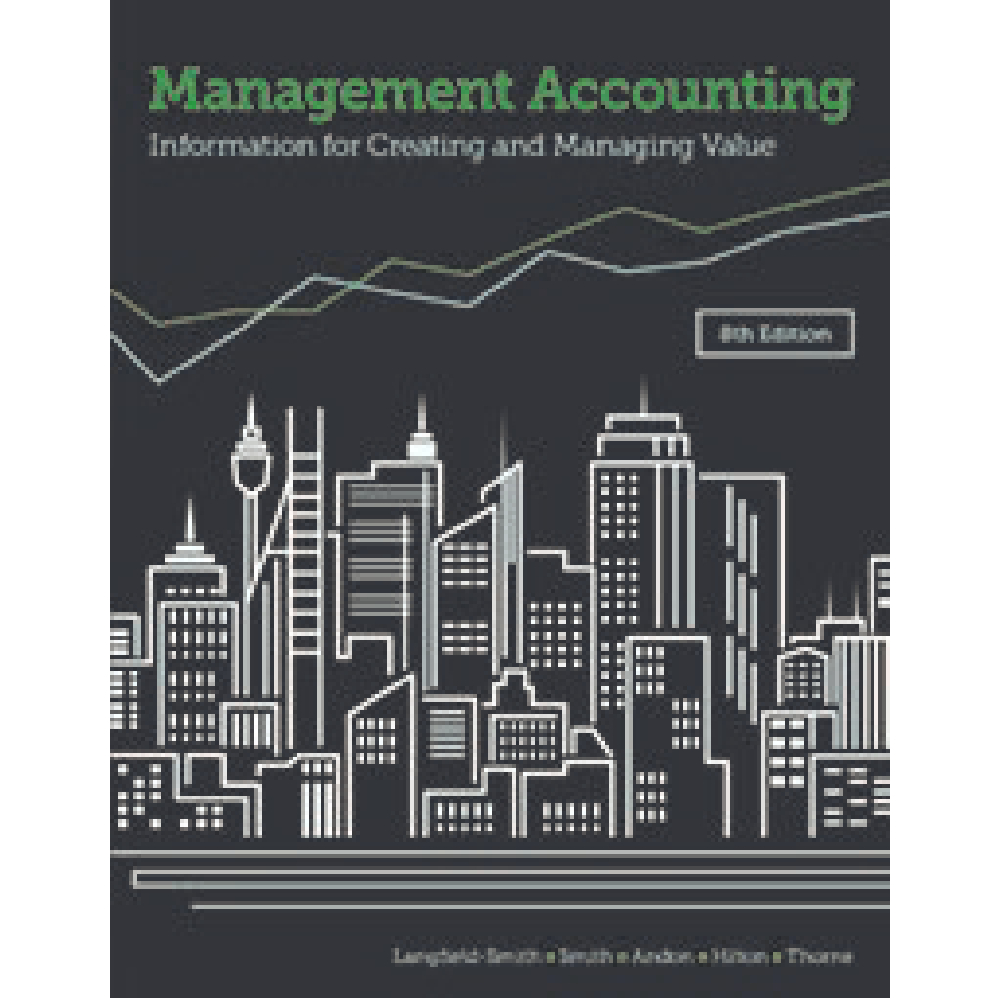Management Accounting Information For Creating And Managing Value 8th Edition By Kim Langfield Smith – Test Bank
$55.00
Management Accounting Information For Creating And Managing Value 8th Edition By Kim Langfield Smith – Test Bank
You will receive this product within 24 hours after placing the order
Management Accounting Information for Creating and Managing Value 8th Edition By Kim Langfield Smith – Test Bank
95. Management uses flexible budgets for controlling manufacturing overhead costs.
TRUE
AACSB: Reflective Difficulty: Easy
Learning Objective: 11.01 Distinguish between static and flexible budgets
Topic: Flexible Budget
96. The volume variance calculated for fixed overheads is a way of reconciling the two purposes of costing systems: product costing and cost control.
TRUE
AACSB: Reflective Difficulty: Easy
Learning Objective: 11.05 Calculate and interpret the variable overhead spending and efficiency variances, and the fixed overhead budget and volume variances
Topic: Fixed Overhead Variances
97. In the accounting recording system, unfavourable variances are recorded in a similar way to revenue and favourable variances are recorded in a similar way to expenses.
FA LSE
AACSB: Reflective Difficulty: Easy
Learning Objective: 11.07 Prepare journal entries to account for manufacturing overhead under standard costing
Topic: General Ledger Entries to Record Variances
98. One of the shortcomings of ABC is that it is not easy to account for common costs shared by more than one activity.
TRUE
AACSB: Reflective Difficulty: Medium
Learning Objective: 11.10 Understand how activity-based budgeting provides a more accurate form of budgeting than does conventional budgeting
Topic: Standard Costs
99. A correct interpretation of an unfavourable variance is that it measures the cost of underutilising productive capacity.
FA LSE
AACSB: Reflective Difficulty: Easy
Learning Objective: 11.05 Calculate and interpret the variable overhead spending and efficiency variances, and the fixed overhead budget and volume variances
Topic: Variance Investigation Decisions
100. A four-way overhead analysis involves calculating variances for variable overheads, spending and efficiency, fixed overhead budget and fixed overhead volume.
TRUE
AACSB: Reflective Difficulty: Easy
Learning Objective: 11.05 Calculate and interpret the variable overhead spending and efficiency variances, and the fixed overhead budget and volume variances
Topic: Fixed Overhead Variances
101. ABB works in the reverse way to ABC as under ABB, once the sales volume and production volume have been estimated then the demand for activities can be determined.
TRUE
AACSB: Reflective Difficulty: Easy
Learning Objective: 11.10 Understand how activity-based budgeting provides a more accurate form of budgeting than does conventional budgeting
Topic: Activity-Based Flexible Budget
102. A flexible budget is prepared for an expected level of activity.
FA LSE
AACSB: Reflective Difficulty: Easy
Learning Objective: 11.01 Distinguish between static and flexible budgets
Topic: Flexible Budget
103. One of the main criticisms of standard costing systems is that it tends to focus too heavily on cost minimisation.
TRUE
AACSB: Reflective Difficulty: Easy
Learning Objective: 11.09 Outline the criticisms and advantages of standard costing
Topic: Standard Costs
104. Although it is assumed that fixed overheads remain constant regardless of the level of activity, the total applied fixed overhead decreases with activity.
FA LSE
AACSB: Reflective Difficulty: Easy
Learning Objective: 11.05 Calculate and interpret the variable overhead spending and efficiency variances, and the fixed overhead budget and volume variances
Topic: Fixed Overhead Variances
105. Flexible overhead budgets are based on standard input measures instead of units of output in a multiproduct firm.
TRUE
AACSB: Reflective Difficulty: Easy
Learning Objective: 11.02 Explain the advantages of a flexible budget for performance evaluation and control
Topic: Flexible Budget
106. Flexible budgets only reflect changes in the volume of activity in the variable overhead estimates.
FA LSE
AACSB: Reflective Difficulty: Easy
Learning Objective: 11.03 Prepare a flexible overhead budget, using both a formula and a report format
Topic: Flexible Budget
107. When calculating the predetermined manufacturing overhead rates using direct labour hours as the cost driver the formula is ‘total overhead divided by total direct labour hours’. This rate is applied to both the variable overhead and the fixed overhead.
FA LSE












Reviews
There are no reviews yet.